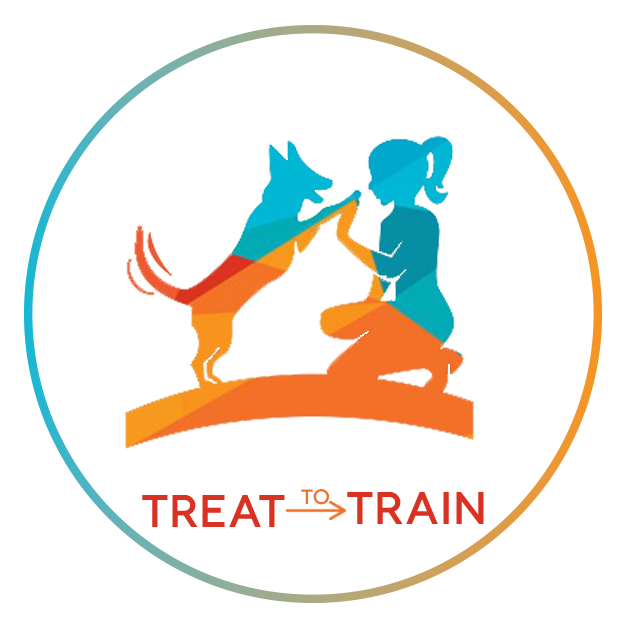Exploring Insights in Canine Genetics: A Look at Recent Research
Genetics is an ever-evolving field, and with new studies emerging all the time, it can be hard to keep up. However, with some significant research published recently, I wanted to take a moment to dive into the fascinating world of canine genetics. Two standout studies from 2022, by Morrill et al. and Dutrow et al., provide new insights into the complex relationship between genetics, breed, and behavior in dogs.
New Research on Canine Genetics
In 2022, two important studies contributed to our understanding of how genetics influences dog behavior: Morrill et al. (2022) and Dutrow et al. (2022). Both studies used large datasets, making their findings particularly robust. Morrill et al. focused on the connection between genetics and temperament, while Dutrow et al. explored the genetic lineage of different breeds and the behaviors bred into them.
Morrill et al. (2022): Genetics and Temperament
Morrill et al. analyzed DNA from 2,155 dogs and gathered survey data from an astounding 18,385 dogs, focusing on eight key behavioral traits. Their research examined the relationship between genetics and behaviors such as human sociability, arousal level, biddability, and environmental engagement.
Effect of breed on behavior from Morrill et al. (2022)
(A) Biddability is among eight behavioral factors defined from surveys. SE, standard error. (B) Dogs in some breeds tend to score unusually high or low for this factor compared with dogs overall. (C and D) Border collies score lower on average for biddability (vertical line at median) but vary widely (C), including genetically confirmed border collies (D). (E) In mixed-breed dogs, border collie ancestry has a small genetic effect on biddability. [Photo credits: K. Wirka (Sprocket); M. Wisniewski (Caboose); B. Hoadley (Molly); M. Logsdon (Hunter); A. Macias (Lily); S. Staples (TWooie)]
While some findings were predictable—such as a strong genetic association with human sociability—other results were more nuanced. For instance, toy-directed motor patterns and biddability (how willing a dog is to follow instructions) were moderately associated with breed-specific genetic differences. However, breed alone was often a poor predictor of behavior. Agonistic threshold (how easily a dog is provoked) was one area where breed had little predictive power.
That said, exceptions existed. For example, the Belgian Malinois tended to have a lower agonistic threshold, meaning it is more easily provoked than other breeds. In short, Morrill et al. (2022) found that while breed can provide some insight into a dog’s behavior, it’s not a reliable predictor across the board.
Dutrow et al. (2022): Genetic Lineage and Behavior
Dutrow et al.’s study took a broader look at genetic lineages, grouping dogs into ten broad breed categories: scent hounds, retrievers, terriers, herders, and more. They examined the evolution of these breed groups and how variations in both physical and behavioral traits arose over time.
Using data from over 46,000 dogs, they identified correlations between specific genetic lineages and behavioral traits. For example, herding dogs were found to exhibit higher levels of non-social fear, while sighthounds showed no such correlation. Their study also explored how certain genes may be responsible for these behavioral differences. In herding dogs, for example, genes associated with brain areas related to motor function and reward seemed to function differently, which could explain their strong herding instinct.
Interestingly, much of the genetic variation they discovered was driven by non-coding gene variants. These regions of DNA don’t produce proteins but play a role in regulating other genes, suggesting that subtle changes in gene regulation might drive some of the behavioral differences between dog breeds.
Key Takeaways from the Research
These two studies provide a glimpse into the complex relationship between a dog’s genetics, breed, and behavior. While certain traits, such as toy-directed behaviors, can be somewhat predicted by breed, other behaviors are more complex and not as closely tied to genetic differences. Furthermore, the discovery that non-coding genes may influence key traits opens new avenues for understanding how dogs’ behaviors have evolved alongside their roles in human society.
As canine genetics continues to evolve, this new research serves as an important reminder: understanding a dog’s behavior requires looking beyond breed alone and considering the rich tapestry of genetics that shapes each individual.
If you’re as fascinated by this as we are, keep following our page for more updates on the latest in dog behavior and genetics!
References:
Dutrow, E. V., Serpell, J. A., & Ostrander, E. A. (2022). Domestic dog lineages reveal genetic drivers of behavioral diversification. Cell, 185(25), 4737-4755.
Morrill, K., Hekman, J., Li, X., McClure, J., Logan, B., Goodman, L., ... & Karlsson, E. K. (2022). Ancestry-inclusive dog genomics challenges popular breed stereotypes. Science, 376(6592), eabk0639.


